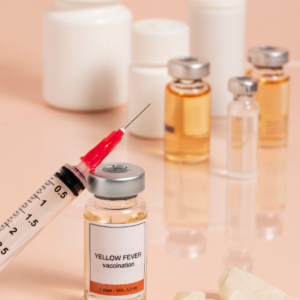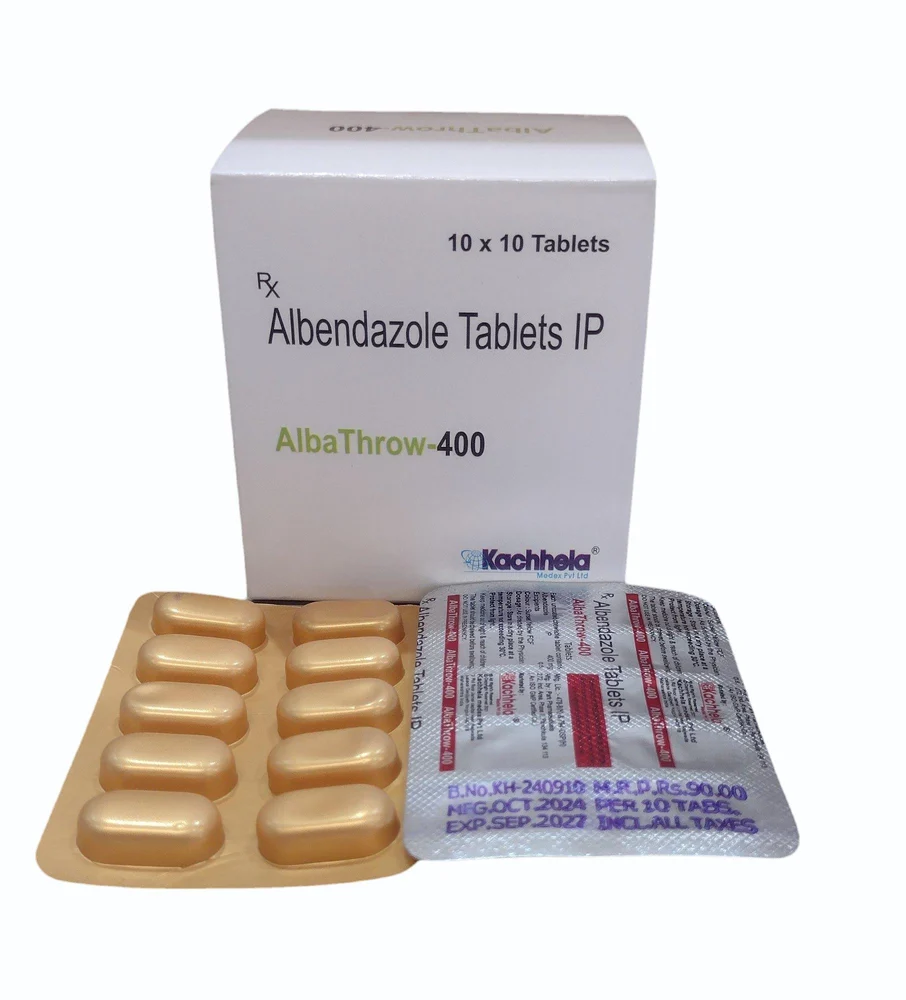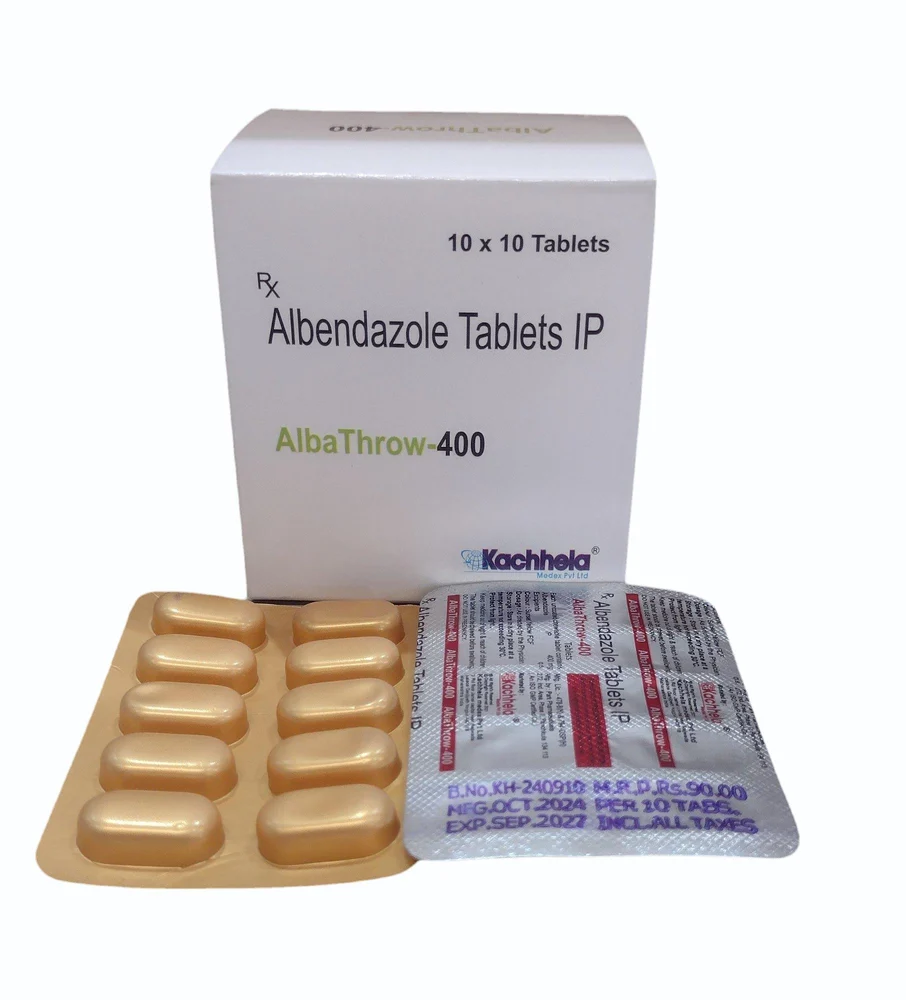AlbaThrow-400
| Package | Per tablet | Savings | Price |
|---|---|---|---|
| 180 tablets | $0.24 | $13.70 | $56.7 $43 |
| 150 tablets | $0.25 | $10.25 | $47.25 $37 |
| 120 tablets | $0.25 | $7.80 | $37.8 $30 |
| 90 tablets | $0.27 | $4.35 | $28.35 $24 |
| 60 tablets | $0.28 | $1.90 | $18.9 $17 |
| 30 tablets | $0.30 | – | $9.45 |
What is this medicine?
Alba Throw 400 mg contains albendazole, a broad-spectrum anthelmintic. It’s used to treat various parasitic worm infections including roundworms, tapeworms (neurocysticercosis, hydatid disease), hookworms, whipworms, pinworms, strongyloides, and giardiasis. Albendazole works by binding parasite β-tubulin, disrupting microtubules, depleting glucose stores, and killing the worms.
What should I tell my health care provider before I take this medicine?
They need to know if you have:
-
Liver disease or are taking medications that affect liver enzymes—albendazole is metabolized in the liver.
-
Bone marrow disorders or low blood counts—albendazole can rarely cause bone marrow suppression.
-
Pregnancy or breastfeeding—avoid in the first trimester, use effective contraception for 1 month after treatment, and consult a doctor before use.
-
Allergies to albendazole or similar benzimidazoles (e.g., mebendazole).
-
Seizure disorders—especially when treating neurocysticercosis, steroids or anticonvulsants may be needed.
-
Use of medications that affect CYP enzymes (e.g., carbamazepine, phenytoin, phenobarbital).
-
Intend to donate blood—you may need to wait after treatment.
How should I use this medicine?
-
Typical dose: 400 mg once or twice daily, depending on the infection:
-
Single dose for common intestinal worms.
-
Twice daily for 3 days for whipworms; up to 15 days for hydatid disease.
-
-
Take with food, ideally fatty, to improve absorption.
-
Swallow tablets whole (or crush/chew for young children).
-
Complete full course, even if symptoms improve.
-
Overdose: seek emergency care or call poison control immediately.
-
Missed Dose: take it when remembered unless it’s near the next dose; do not double up.
What may interact with this medicine?
-
CYP-inducing antiseizure meds (carbamazepine, phenytoin, phenobarbital) lower albendazole levels.
-
Cimetidine may increase albendazole concentration.
-
Liver-metabolized drugs — caution is advised.
-
Always disclose any prescription, OTC, or herbal supplements to your provider.
What should I watch for while using this medicine?
-
Liver function tests—especially with repeated or prolonged use.
-
Blood count monitoring, particularly for long courses .
-
Neurologic symptoms (headache, seizures, vision changes) if treating neurocysticercosis—may require steroids/anticonvulsants.
-
Signs of allergic reaction, like rash or swelling.
-
Avoid blood donation during treatment and shortly after.
-
Pregnant/breastfeeding women, handle cautiously and consult your doctor.
What side effects may I notice from this medicine?
Report immediately:
-
Severe allergic reactions: rash, swelling, breathing issues.
-
Signs of liver damage: yellowing of skin/eyes, dark urine, abdominal pain .
-
Bone marrow suppression: unusual bleeding, bruising, infection signs.
-
Neurologic changes: seizures, severe headache, vision issues (especially in brain infections) .
Common (usually mild):
-
Gastrointestinal upset: abdominal pain, nausea, vomiting, diarrhea .
-
Headache, dizziness, mild fever.
-
Temporary hair loss during longer therapy.
-
Mild elevation of liver enzymes.
Where should I keep my medicine?
-
Store at 20–25 °C (68–77 °F); can tolerate short exposure between 15–30 °C .
-
Protect from moisture, heat, and direct sunlight.
-
Keep in original container, tightly closed.
-
Do not use after the expiration date.
-
Keep out of reach of children.
-
Swallow whole—do not alter the tablets unless instructed for children.

























